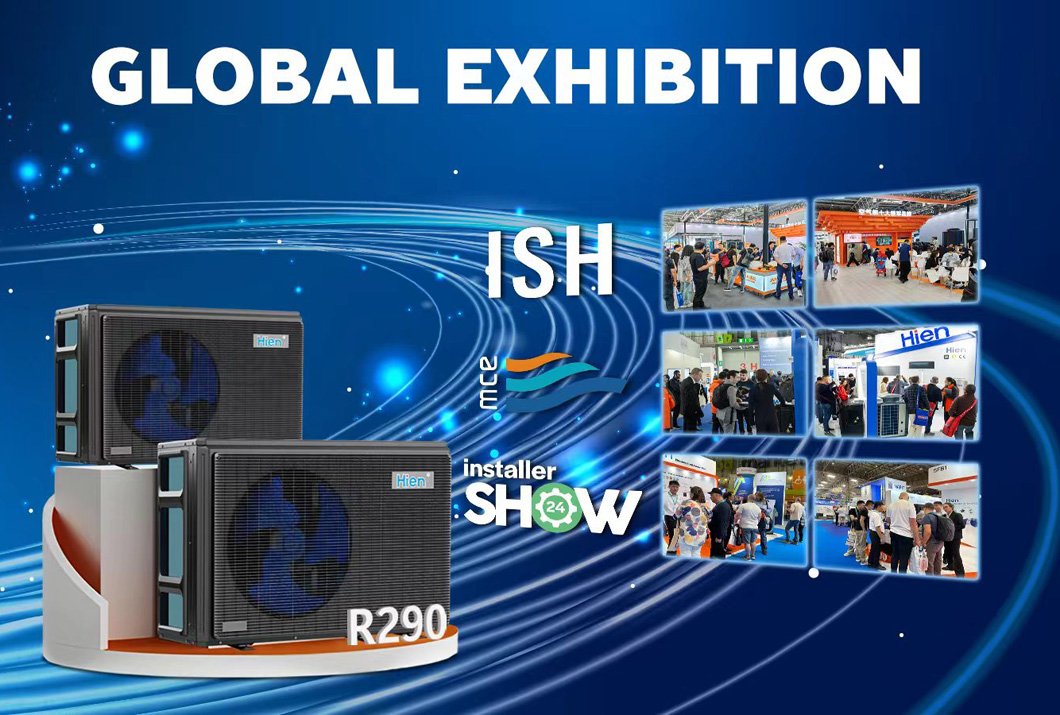In today’s rapidly evolving society, innovative technologies and sustainable development concepts are guiding the direction of various industries. As an indispensable part of modern buildings, central hot water systems not only provide a comfortable living experience but also face significant challenges in energy conservation and emission reduction. With technological advancements and increasing environmental requirements, a new generation of central hot water solutions driven by innovative technology is gradually becoming the mainstream choice in the market.
I. Market Status
- Technological Innovation Drives Industry Upgrades: In recent years, breakthroughs in materials science, the Internet of Things (IoT), and other fields have significantly improved the efficiency of central hot water systems. For example, the adoption of high-efficiency heat exchangers, smart temperature control devices, and other new components has not only greatly reduced energy consumption but also enabled more precise and convenient operational control.
- Energy Efficiency and Environmental Protection Become Key Considerations: Globally, more countries and regions are implementing stricter environmental regulations and policies, encouraging the use of clean energy and high-efficiency products. This has directly spurred the demand for new central hot water equipment with low-carbon and intelligent features.
- Diversification of Consumer Needs: As living standards continue to rise, people have higher expectations for the quality of their living environments. In addition to basic hot water supply functions, safety, comfort, and even aesthetics have become important factors in purchasing decisions. As a result, products that can meet personalized customization needs are more favored.
II. Development Trends
- Smart IoT Empowers Management and Operations: With the help of advanced technologies such as 5G communication networks and big data analytics, future central hot water systems will evolve toward higher integration and automation. On one hand, remote monitoring of equipment status and timely fault warnings will be possible; on the other hand, users will be able to flexibly adjust operating modes or parameters based on actual needs to achieve optimal energy efficiency.
- Increasing Adoption of Green Energy: Given the gradual depletion of traditional fossil fuel resources and the growing severity of environmental pollution, the development and utilization of renewable clean energy sources such as solar and geothermal energy will become one of the key solutions to these challenges. In the coming years, green and environmentally friendly central hot water units based on these technologies are expected to gain widespread popularity globally.
- Modular Design Enhances Flexibility: To adapt to varying spatial layouts in different scenarios and to accommodate potential future upgrades and maintenance needs, more manufacturers are adopting modular design concepts in product development. This approach ensures stable and reliable overall performance while effectively reducing installation and commissioning cycles and lowering costs.
Conclusion
In the context of continuous technological innovation, the central hot water industry is entering an unprecedented period of development opportunities. Whether viewed from the perspective of market demand or technological research and development, the trend toward greater efficiency, environmental friendliness, intelligence, and personalization is irreversible. For industry professionals, it is essential to keep pace with the times, actively embrace change, and strive to explore differentiated competitive strategies that suit their unique characteristics to remain invincible in the fierce market competition.
Post time: Feb-06-2025


